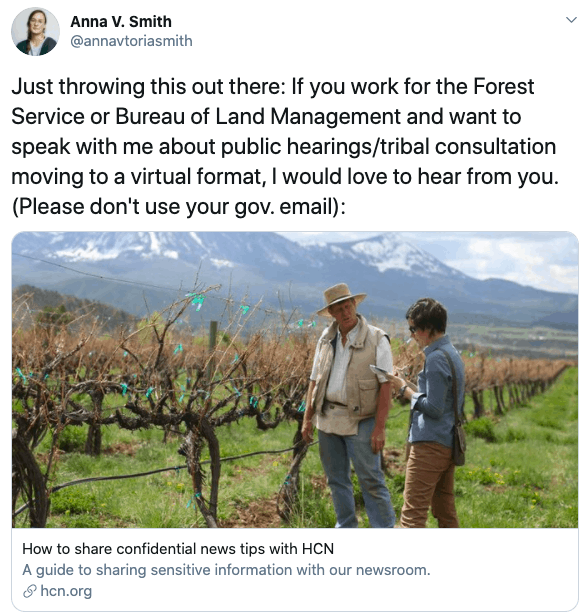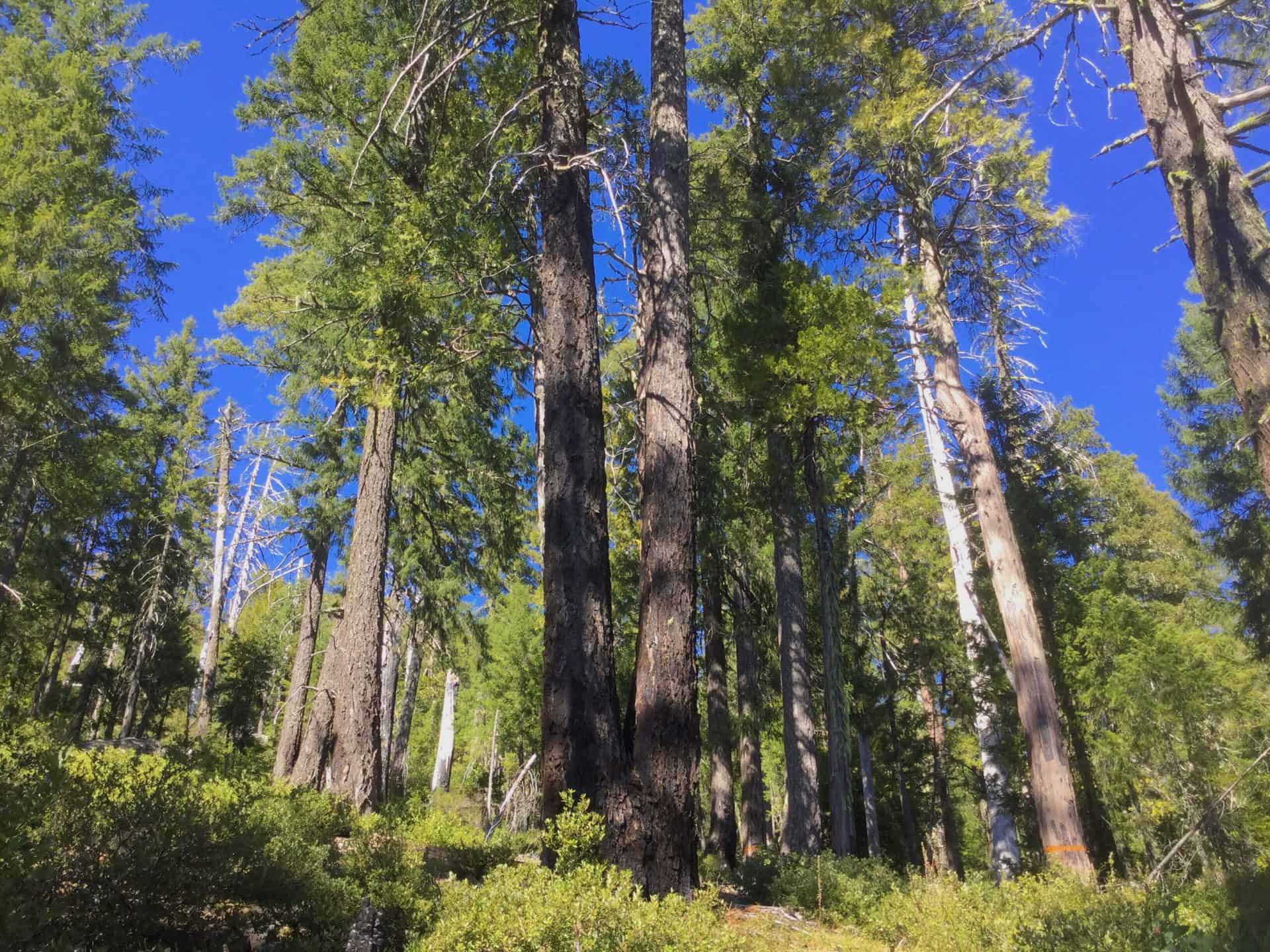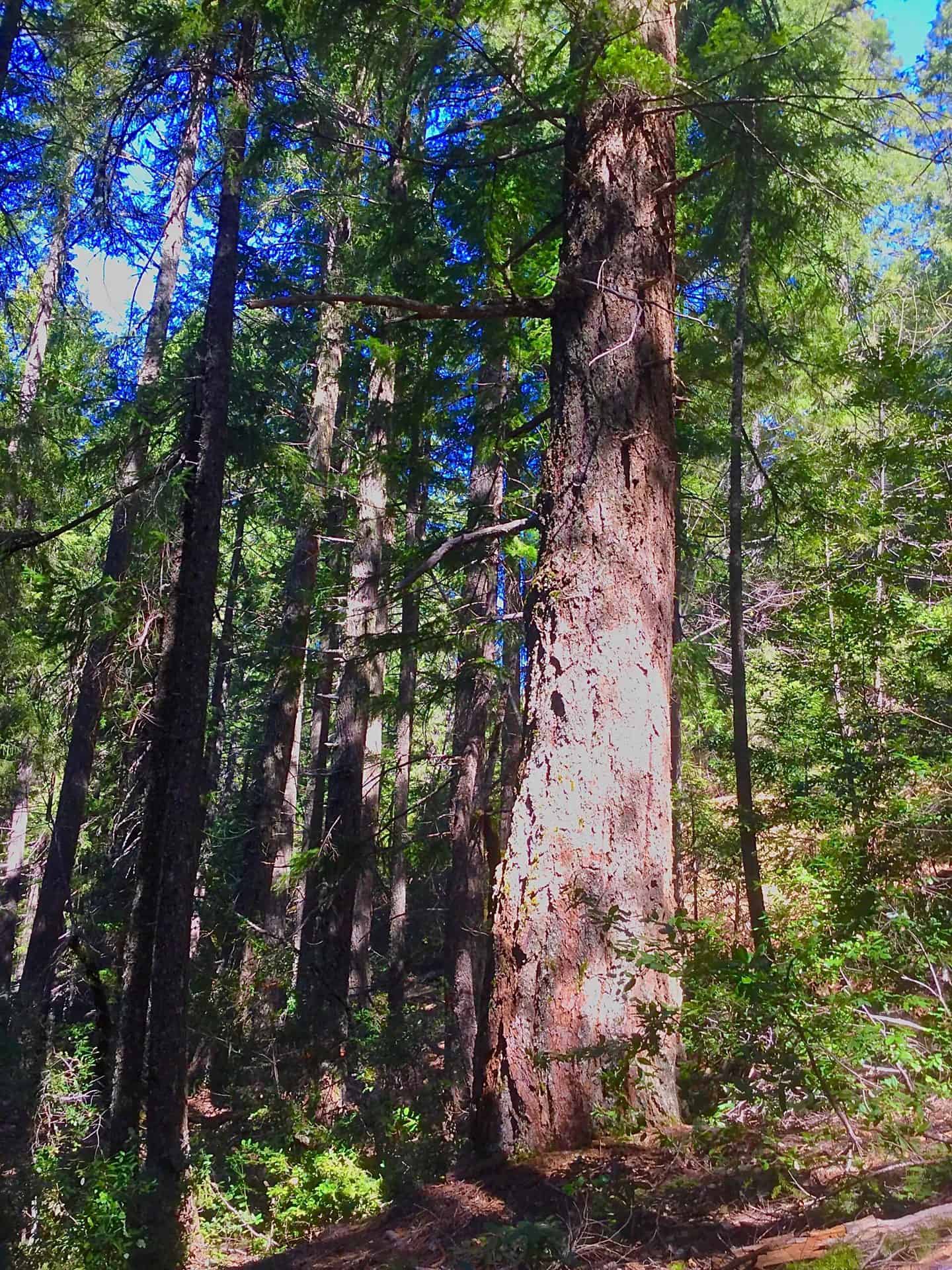Twenty-six wolves killed—including the Profanity Peak Pack—due to agency’s continued preferential treatment for livestock grazing over coexistence with wildlife
Spokane, WA – WildEarth Guardians, Western Watersheds Project, and Kettle Range Conservation Group filed a lawsuit today to ensure that the U.S. Forest Service protects endangered gray wolves on the Colville National Forest in northeast Washington where livestock ranching activities have incited conflict. This woeful negligence by the federal agency has resulted in the deaths of 26 wolves since 2012, including the total destruction of both the Profanity Peak Pack and the Old Profanity Territory Pack.
Specifically, the lawsuit challenges the Forest Service’s revised Colville National Forest Plan for failing to evaluate how the agency’s federally permitted livestock grazing program adversely affects wolves—a species eradicated from most of the contiguous United States by the 1920s. The groups are also challenging the Forest Service’s approval of cattle grazing for Diamond M Ranch, which is responsible for the majority of wolf deaths on the Colville National Forest since 2012, without requiring any measures to prevent these wolf-livestock conflicts from recurring.
“The blood of these wolves is on the Forest Service’s hands. Just because the agency didn’t pull the trigger, doesn’t mean the agency didn’t supply the gun and ammunition,” stated WildEarth Guardians’ Wildlife Coexistence Campaigner, Samantha Bruegger. “The Diamond M Ranch livestock grazing allotments, on 78,000 acres of the Colville National Forest, have been notorious as the place where wolves go to die. We want to change that and we think the agency can and should demand ranchers who receive grazing permits must coexist with wolves on national forest land.”
Located in the Kettle River Range and the Selkirk Mountains, the Colville National Forest is mostly comprised of densely forested, rugged terrain—ideal habitat for native carnivores like wolves, grizzly bear, and lynx. Yet nearly 70 percent of the national forest (about 745,000 acres or 1,164 square miles) is allocated to livestock grazing, making the region the epicenter of wolf-livestock conflicts in Washington State.
In its newly revised Forest Plan, adopted in October 2019, the Colville National Forest failed to even acknowledge the gray wolf’s return to the region, yet the plan sets management directives for livestock grazing, wildlife and other uses across all the forest’s 1.1 million-acres for the next 15 to 30 years.
“The gray wolf only began reclaiming its historic habitat in Washington State around a decade ago, yet the Forest Service entirely ignored the management implications of this native carnivore’s return to the Colville,” explained Jennifer Schwartz, staff attorney at WildEarth Guardians. “The Forest Service is legally obligated to explore measures for reducing these recurring conflicts so wolves can hold their rightful place on this forest and carry out their critical ecological role. This deliberate agency inaction is contrary to federal law.”
“It is the responsibility of National Forest leadership to protect, restore, and maintain wildlife habitat, but it has abdicated its authority,” said Timothy Coleman, director for Kettle Range Conservation Group. “Whether you love wildlife, like to hunt and fish, or enjoy beautiful trails free of manure, putting one cattle corporation’s profits ahead of all other interests is a blatantly outrageous waste of our Public Land.”
“Washington’s wolves deserve better than to be cast aside for private business profits,” stated Jocelyn Leroux of the Western Watersheds Project. “The Forest Service has ignored its charge to protect wildlife and instead relinquished power to a wolf-hating private livestock operation. By failing to consider the impacts of cattle grazing in the Colville National Forest on Washington’s native wildlife, the Forest Service has all but guaranteed the wolf slaughter will continue.”
The Forest Service’s inaction is symptomatic of a larger problem within the institutions charged with “managing” wildlife on these federal public lands. Much like the federally-funded wildlife killing program, Wildlife Services, the Forest Service has also chosen to blatantly ignore the changing values of the public and scientifically-backed coexistence practices that can proactively avoid and reduce conflicts between native carnivores and livestock. In fact, for the last 5-10 years, environmental groups have engaged in a relentless and tenacious effort to reform the reckless ways of Wildlife Services and those efforts have resulted in significant steps forward, like in WildEarth Guardians’ most recent settlement in Montana.
“Unfortunately, it takes litigation to force these federal agencies to fulfill their legal duties when it comes to dealing with conflicts between livestock and gray wolves, and this case is just another example,” stated Laurie Rule, senior attorney with Advocates for the West who is co-counseling the case.
Historically, the Forest Service has largely escaped intense scrutiny for its practices. Yet, it is this agency’s actions, through the permitting of livestock grazing, that are driving the killing of wolves, grizzly bears, and other carnivores on public lands across the West. With cattle just turned out for the 2020 grazing season on the Colville National Forest, wildlife advocates don’t want the fate of a new wolf pack in this territory—the Kettle Pack—to similarly hinge on whether one of them attacks a cow, wandering unattended, in this vast, heavily wooded expanse.






